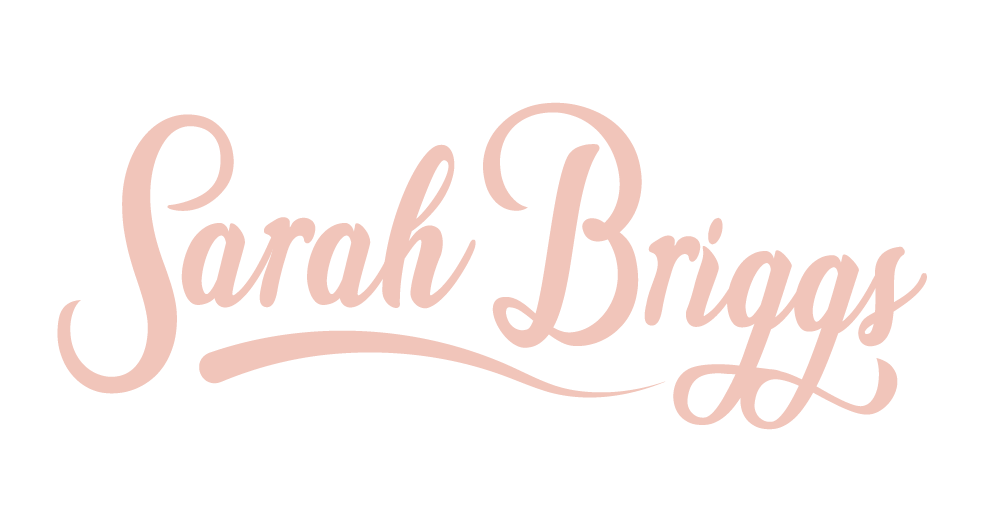
EDMR
EMDR stands for Eye Movement Desensitisation Reprocessing. What’s that?
By intentionally using eye movements left and right, EMDR treats symptoms caused by traumatic memories from events in the past.
It is thought that these eye movements create a mental state which enables the processing of trauma. EMDR is an evidence-based trauma treatment protocol, which works well for PTSD.
However, it can also work well with other mental health conditions or upsetting situations like family issues or relationship difficulties or severe anxiety or depression.
Francine Shapiro PhD created the EMDR method in the USA almost by accident. But since then this method has undergone clinical trials for efficacy since 1989. EMDR is recommended in the UK’s NICE guidelines for treating PTSD (NG116). Following her clear 8-step process for EMDR has been proven to give best results.
Luckily, EMDR doesn’t require you to hash through the detail of trauma or difficult situations. It can be done without telling me anything about it (unless you want to). Instead, EMDR focuses on changing the thoughts, emotions, and body impact that resulted from the experience you went through.
This process is client-led, according to what meaning evolves from addressing the memory. The pace is determined by you and any resolution to the trauma comes from within you. I am there with you as a guide and mentor to help you navigate through this territory into a more peaceful landscape where you can live without being hijacked by trauma from the past.
EMDR works on the brain patterns and connections in our neurology that result from processing what happens to us. The good news is that these connections can be rewired into new connections that are designed to work better for us to make meaning. Why? So we can move forward with these difficulties reshaped into something we can bear more easily.
When we have a traumatic experience, the brain’s method of storing memories gets disrupted because of our stress responses in the limbic area of the brain, particularly the amygdala and hippocampus.
This means that the memory gets attached to strong emotional responses like panic attacks or flashbacks or nightmares or suicidal thoughts or negative self-beliefs. EMDR is a method of revising that process, so the memory is given a more nuanced coding in a more resolved memory storage area. This means that the memory is unlikely to keep recurring and disrupting your life – commonly prompted by triggers in the present moment which reactivate the trauma memory from the past.
EMDR has worked for many hundreds or thousands of people to tackle flashbacks, nightmares, panic attacks, sleep disturbance, or suicidal thoughts.
EMDR works by addressing one memory at a time. Other methods like EFT tapping are often better initiallyfor memory combinations or a more generalised set of symptoms.
EMDR processes the past, so you can live more comfortably in the present, to face the future better-equipped than before. Most people attend EMDR sessions for a few weeks or a few months. But it all depends what you want to tackle and the pacing that’s right for you.
As a credential, I am trained to Level 4 in EMDR and I’m a member of EMDR UK.
To find out more about how this approach might be useful for you, do get in touch by booking a free 30-minute call.




